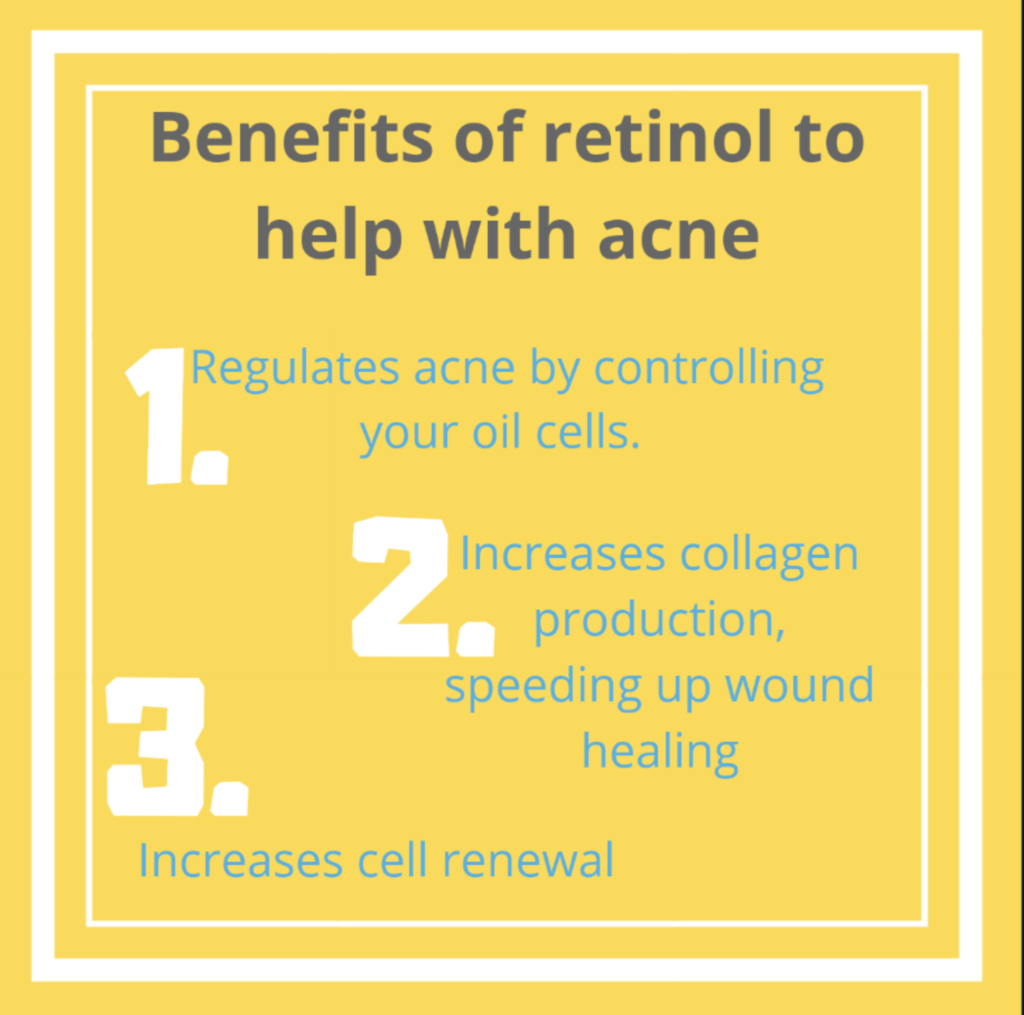acne advice, News, Retinol, Skincare, skincare for acne
How does retinol help with acne,
Retinol (Vitamin A) works on so many skin types in so many ways, but what I wanted to do today was talk about it in relation to acne.
How Retinol works.
Retinol is the only ingredient proven without a doubt to improve the cellular function of the skin.
Retinol stimulates and regulates certain functions in the skin. It works at a cellular level-meaning it penetrates deep to work on all layers of the skin. It works on the sebocyte (oil) cells as mentioned below, it also works by stimulating the mitochondria- which is the energy powerhouse in your skin cell increasing overall cell health and function. Your skin cells have Vitamin A antennas on them allowing them to feed on the vitamin A and then repair any deficiencies with it.
- Regulates acne by controlling your sebocyte (oil) cells.
- Increases collagen production, speeding up the wound healing process.
- Speeds up cell turnover.


